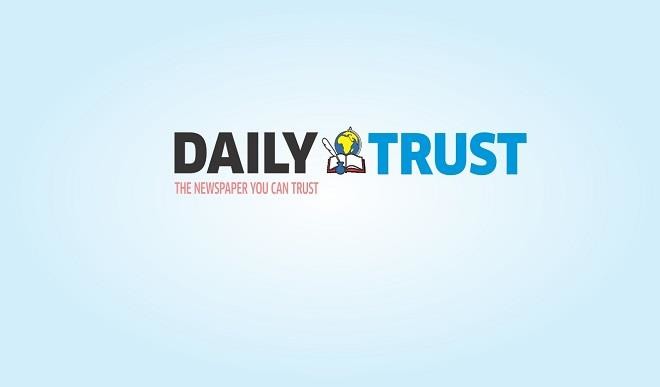Literature report shows British readers stuck in very white past
British readers may recognise the value of literature to encourage social cohesion – but the perspective they gain from novels remains overwhelmingly white, male and middle class, according to a survey of public attitudes to literature released on Wednesday. A survey of nearly 2,000 people on behalf of the Royal Society of Literature (RSL) found […]


British readers may recognise the value of literature to encourage social cohesion – but the perspective they gain from novels remains overwhelmingly white, male and middle class, according to a survey of public attitudes to literature released on Wednesday.
A survey of nearly 2,000 people on behalf of the Royal Society of Literature (RSL) found that despite 81% of respondents saying they liked literature because it promotes empathy, only 7% of the 400 writers they cited were from black, Asian or minority ethnic (Bame) backgrounds.
Writer Lisa Appignanesi, chair of the RSL, said the gulf between the two statistics showed that there was a hunger for more books by more diverse writers. “Given what readers are saying about literature and the value they place on reading a different point of view to their own, there seems to be an open door for publishers to push against with books that are written by more diverse writers,” she added.
Published as Literature in Britain Today, the research undertaken by Ipsos Mori was the first of its kind into how the UK public reads literature and what it means to them. As well as asking questions about how much and what they read, it asked whom they regarded as a writer of literature. Defining the field in the widest possible terms, it revealed that while a smattering of contemporary writers – including JK Rowling, Stephen King and Lee Child – appeared in the top 20 choices, half of the names could have been cribbed from GCSE syllabuses.
William Shakespeare took the top slot, followed by Charles Dickens. But more contemporary names would raise eyebrows among the literary establishment: Dan Brown featured at No 11, Danielle Steele at 18 and Jeffrey Archer at 19. In the entire list, only 28 authors were black or Asian, and in each case the Bame writer was nominated by only one respondent to the survey.
Novelist Kamila Shamsie said the lack of diversity among the nominated writers reflected that many were from times when British literature was entirely white, before the small percentage of Bame writers began trickling on to shelves in the 21st century.
The survey also revealed a potential overemphasis on the diversity of Bame authors, at the expense of promoting the quality of their writing, Shamsie said. “The literary merit of their work – as opposed to its social function – simply isn’t talked about as much as it is should or could be,” she said.
Sunny Singh, who co-founded the Jhalak prizeto address the lack of recognition for Bame writers in Britain, said the list highlighted “a deeply entrenched imaginative conservatism, where the need to hold onto a nostalgic past combines with a fear of confronting a complex present in all its complexity and variety”.
She added that the “canonical” nature of many of the writers on the list suggested a larger cultural issue that was at the expense of narratives from those who were not white. “This obviously has not only political, cultural and social consequences, but also a larger moral dimension where perhaps most of the country is not seen as fully human,” she said.
Poet and author Blake Morrison agreed with Singh that the list was disappointing if the public wished, as they claimed, to use literature to “get inside other people’s hearts and heads”. He continued: “While it’s encouraging to find how many people today do still value literature, it’s disappointing to see how few non-Wasp authors feature on their reading lists.”
Despite the lack of diversity in the list – which was divided almost equally between living and dead authors and was dominated by men (69%) – the survey found reading was still regarded as an important pastime by the public. In the past six months, 78% of respondents had read something that they defined as literature, while 56% said they were likely to read some in the future.
Source:Theguardian.com
